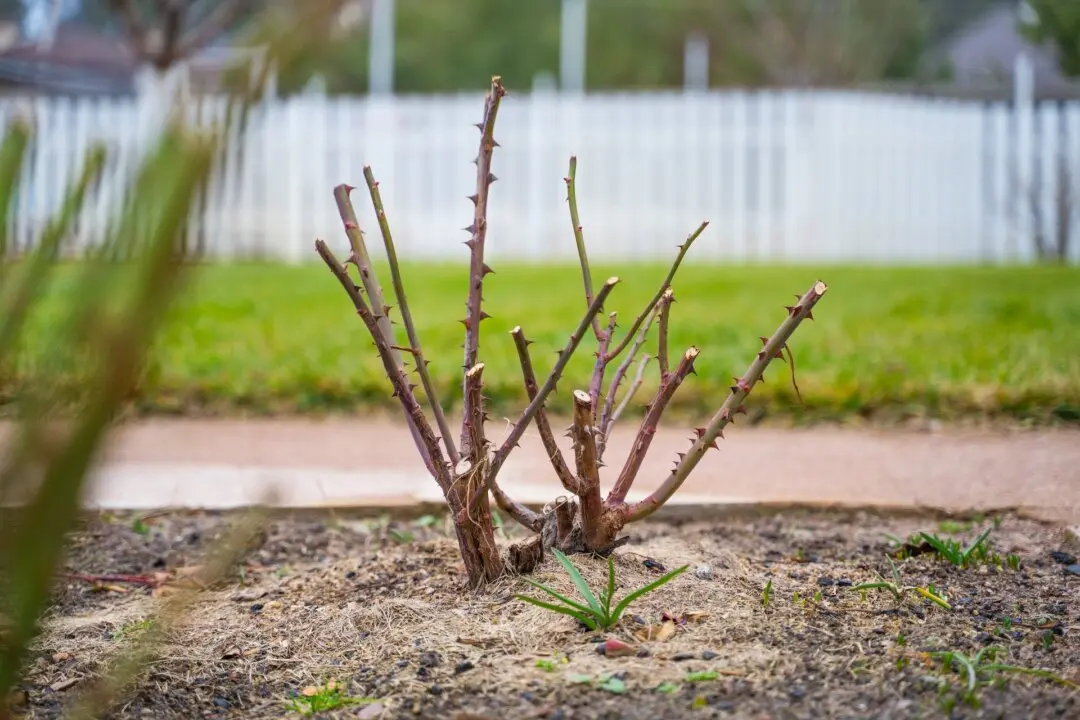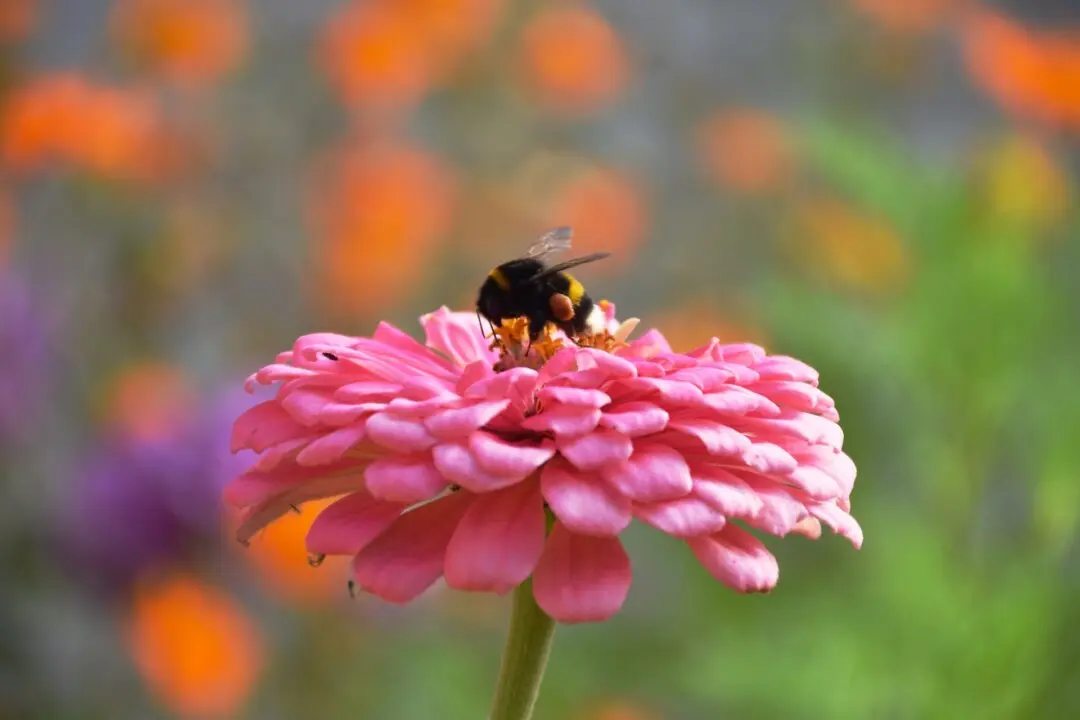Q: I thought it would be a fun project for my elementary-school-age kids to start some terrariums over the summer. Do you have any suggestions?
A: The simple terrarium is a clear container that allows for the growth of plants. It can be sealed or open to the air. Sealed terrariums allow light and heat to enter, but water and humidity are recycled within the container. Like all other house plants and outdoor plants, a successful terrarium requires matching the plants to the environment.





